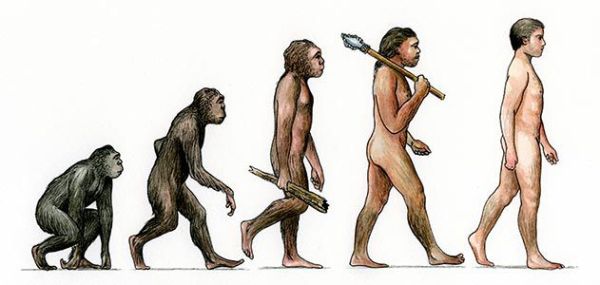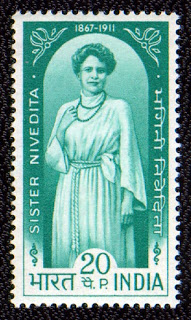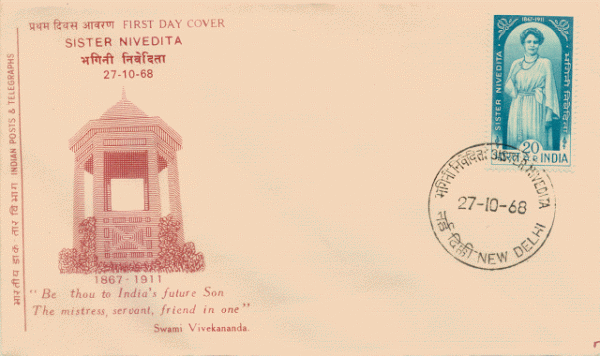
Research article Written by London Swaminathan
Date: 9 June 2017
Time uploaded in London- 11-37 am
Post No. 3985
Pictures are taken from various sources such as Face book, Wikipedia and newspapers; thanks.
contact: swami_48@yahoo.com
English word PERSON is derived from the Sanskrit word PURUSA. It is used in grammar, relationships and philosophy. If one studies the ways this word is used in the Hindu scriptures, one would realise how difficult it would be to understand Vedic symbolism.
In Tamil families, they use the word ‘purusa’ to mean one’s husband. In Sanskrit and English grammar, we use it for First person, second person and third person. In the Vedas, they use it to denote MAN. Lot of number symbolism come with it.
1.Purusa is the generic term for Man in the Rig Veda and later in the Atharva Veda (7-104-15; 10-97-4 etc; AV 3-21-1;5-21-4 etc.
- Man (Purusa) is composed of five parts (AV 12-3-10)
- Man (Purusa) is composed of 16 parts (Aitareya Brahmana
- Man (Purusa) is composed of 20 parts (Pancavimsa Brahmana)
- Man (Purusa) is composed of 21 parts (Taittiriya Samhita and four more books
- Man (Purusa) is composed of 24 parts (Satapata Brahmana 6-2-1-23)
- Man (Purusa) is composed of 25 parts (Sankalayana Srauta Sutra 16-12)
One has to get proper explanation from his Guru to understand all these. No translation will help. Vedic language has hidden meaning.
Tamil poets – Alwars and Nayanmars- used this type of number symbolism around 8th century CE. But Vedic poets used it thousands of years before them. This shows how advanced they were in thinking. Foreigners couldn’t understand all these symbolisms and branded them as primitive. Modern research show that the foreign authors were primitive!

Man is the Master of Animals
Man is the first of animals (Satapata Brahmana 6-2-1-18)
(This goes very well with the theory of evolution and psychologists’ belief)
“Man is a rational animal — so at least I have been told. Throughout a long life I have been looked diligently for evidence in favour of this statement, but so far I have not had the good fortune to come across it.”[— Betrand Russel
“Man is by nature a social animal; an individual who is unsocial naturally and not accidentally is either beneath our notice or more than human. Society is something that precedes the individual. Anyone who either cannot lead the common life or is so self-sufficient as not to need to, and therefore does not partake of society, is either a beast or a god. ”–Aristotle
Man is the Master of Animals (which is shown in Indus Valley Seal, Bahrain/Dilmun seal Celtic seal; pleasesee my earlier research article on Pasupati seal of Indus valley)—Kathaka Samhita 20-10
Height of a Man
Tamil literature says a man’s height is eight times of his hand/Saan (though the modern meaning of Saan is the length of one hand’s extended fingers, the old meaning must be different)
The height of a man is four Aratnis (cubits) accordint to Katyayana Srauta Sutra (here again Aratni means length of an extended arm; it may vary between 18 and 21 inches). Wherever such human limbs used one has to use his own foot or hand or arm for the measurement.)
Purusa itself is used as a measure of length (satapata Brahmana and Taittiriya Samhita). This is also interesting. Even today Indian villages use this measurement. When they want to say how seep is a tank or a lake they will says Four men depth or three men depth. So, Purusa is used to mention the length.
Since Vedas say a man’s life is 100 years, the term is used to denote the length of one’s life and generation as well , a generation (Taittiriya Samhita 2-1-5-5; dvi purusa= two generations- Aitareya Brahmana 8-7).
Strangely purusa is used for the pupil of the eye as well (Satapata Brahmana and Brhad Aranyaka Upanishad)
Purusa also meant Cosmic man, Brahman in the Vedas. Purusa Sukta (10-90) in the Rig Veda sings the glory of cosmic man with thousand heads and thousand feet.

Mysterious PURUSA MRGA!
The ‘man wild beast’ (Purusa Mrga) occurs in the list of Asvamedha Sacrifice list in the Yajur Veda (Taittiriya Samhita 5-5-15-1)
Zimmer thinks it MAY be an ape; according to him it meant an ape in Atharva Veda(6-38-4; 19-39-4)
But Bloomfield and Whitney don’t agree with him.
The mystery continues! were there apes in India those days in North India? Mrga also mean deer; was it a particular type of deer or a male deer?
More Mysterious PURUSA HASTIN!
Purusa Hastin means A Man with a Hand! It is also found in the list of Asvamedha Yaga list of Yajur Veda (Vajasaneyi Samhita 24-29; Maitrayani Sahita 3-14-8)
Hastin – an animal with a hand is used for elephant in later literature. But Purusa Hastin and Purusa Mrga are strange words which have not been used in the sense of ape.
Bhima’s encounter with Purushamiruga is a later story.
Books used: Book of Quotations
Vedic Index by A A Macdonell and A B Keith
–Subham–

